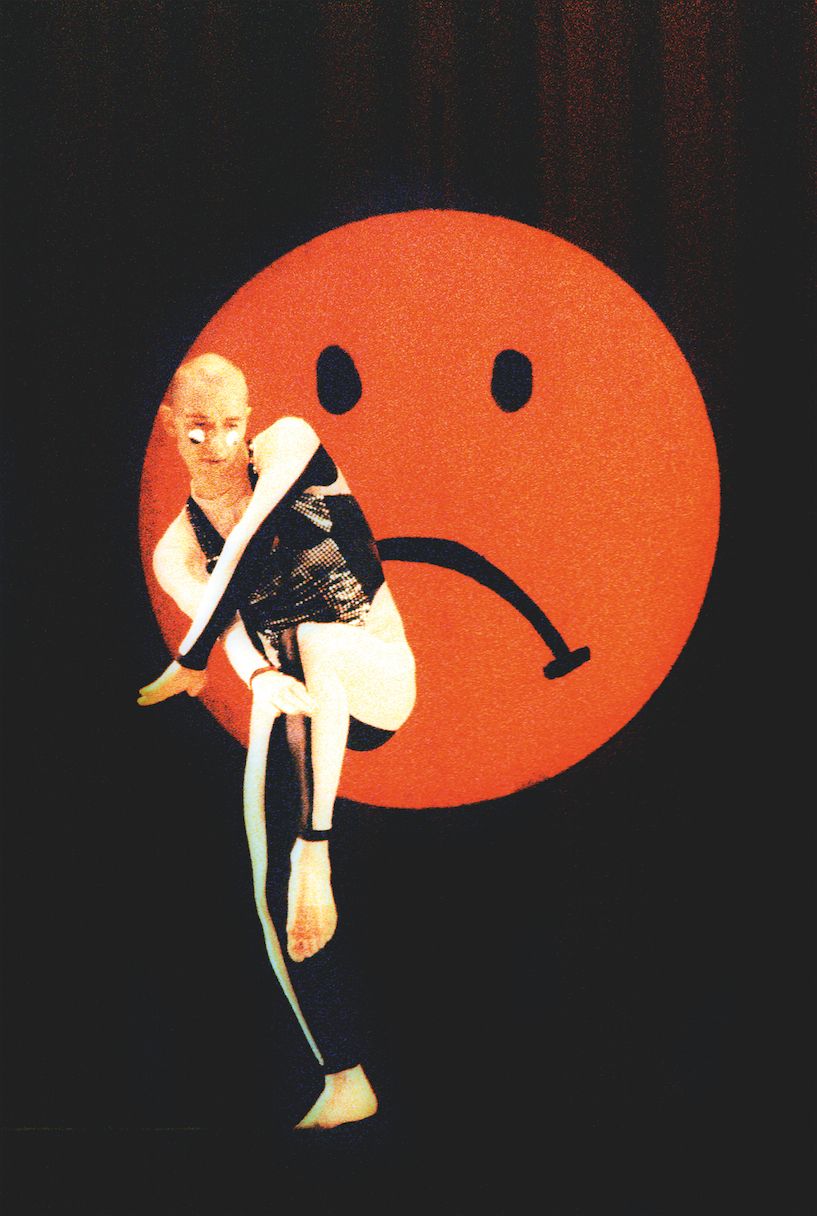FEMME DEBOUT: Choreographer EMMA PORTNER Brings Giacometti to Life
|Eva Kelley

Emma Portner co-choreographed and performed in Justin Bieber’s surprisingly raw “Life is Worth Living” video in 2015, attracting the attention not only of Beliebers, but of the contemporary dance and art communities. The Ontarian dancer was in the spotlight again earlier this year, when her marriage to actress Ellen Page went public, but she’d been busy all the while, creating choreography for Bat Out of Hell – a rock musical set to Meat Loaf’s greatest hits, which opened in 2017 to great acclaim – and as an activist and advocate for LGBTQ rights. Now, the 24-year-old dancer and choreographer is working on an original piece for the New York City Ballet.
Portner’s recent Femme Debout is a choreographed film commissioned as a response to Bacon – Giacometti – the first exhibition to juxtapose the works of Alberto Giacometti (1901 – 1966) and Francis Bacon (1909 – 1992), currently on view at the Fondation Beyeler in Basel, Switzerland. The two Modernist masters are known for different but equally radical depictions of the human figure, and the 100 paintings and sculptures highlighted in Basel reveal the artists’ mutual preoccupation with abstracted, fragmented, and at times deformed bodies. Femme Debout responds to these representations using physical movement, drawing on Bacon and Giacometti’s sense of the grotesque to confront their legacy with an updated, empowered view of the oppression and trauma we carry and pass on through our bodies. “It is a chance for these works to come to life,” the choreographer explains of the project. “It is a chance for me to give these still pieces real living bodies.”
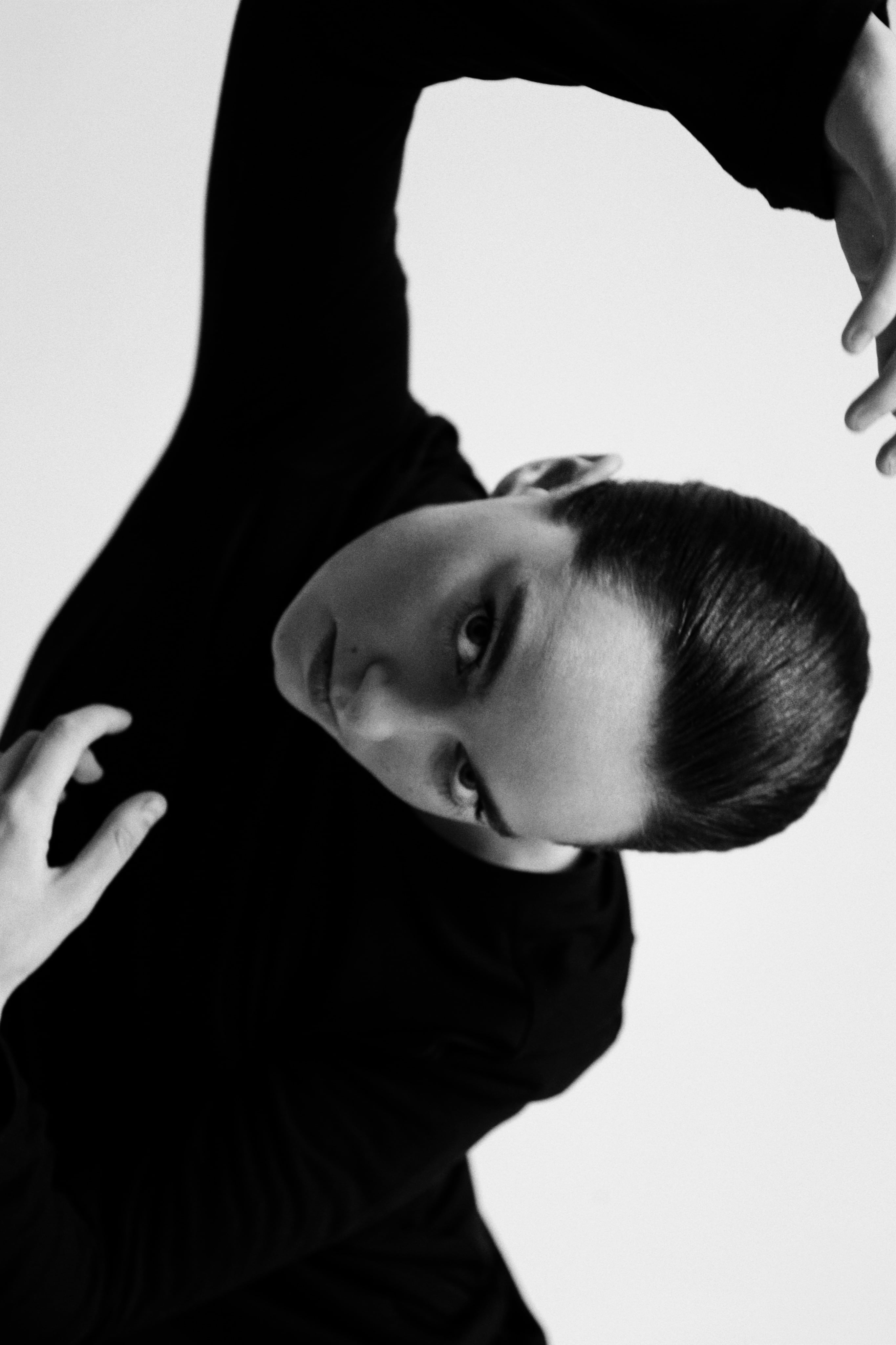
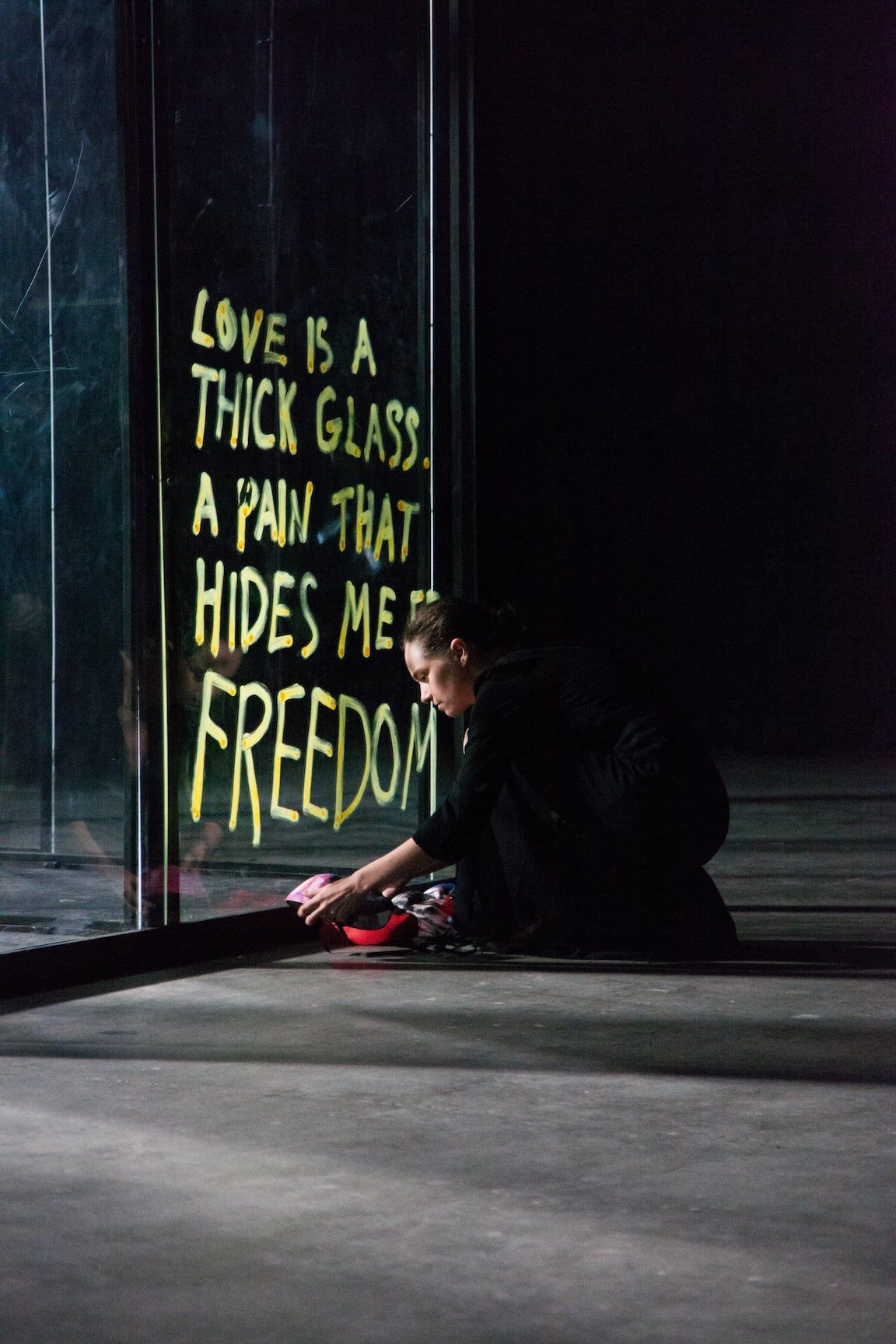
As Femme Debout begins, a disguised Portner – wearing a theatrical mask by Beatrice Brown – presses her palms against a pane of glass. Soon, her fluid motions abruptly become staccato, the camera zooms out, and we realize she is standing by a transparent cage. She’s not alone.
With a cast of four other characters – wearing clothes by Eckhaus Latta & Dashiel Brahmann – Femme Debout animates multiple archetypes, each incarnating a different experience of privilege, prejudice, struggle, or endurance. A white man is able to seamlessly slide open the doors of the glass cage; a woman of color is meanwhile tied to a chair, and ultimately frees herself. Elsewhere, a man on stilts, inspired by the elongated figure in Giacometti’s L’Homme Qui Marche (1961), easily escapes his confines, leaving his female counterparts behind. “He is too high to notice,” Portner explains. “I want this film to convey freedom, and a ‘Thank You’ to those who have fought before me for that freedom. I want to pay tribute and respect to these legendary artists without copying them directly.”
In advance of Femme Debout’s premiere in Basel (see the full film below), 032c’s Eva Kelley spoke to Portner about the art, the message, and the business of contemporary dance.
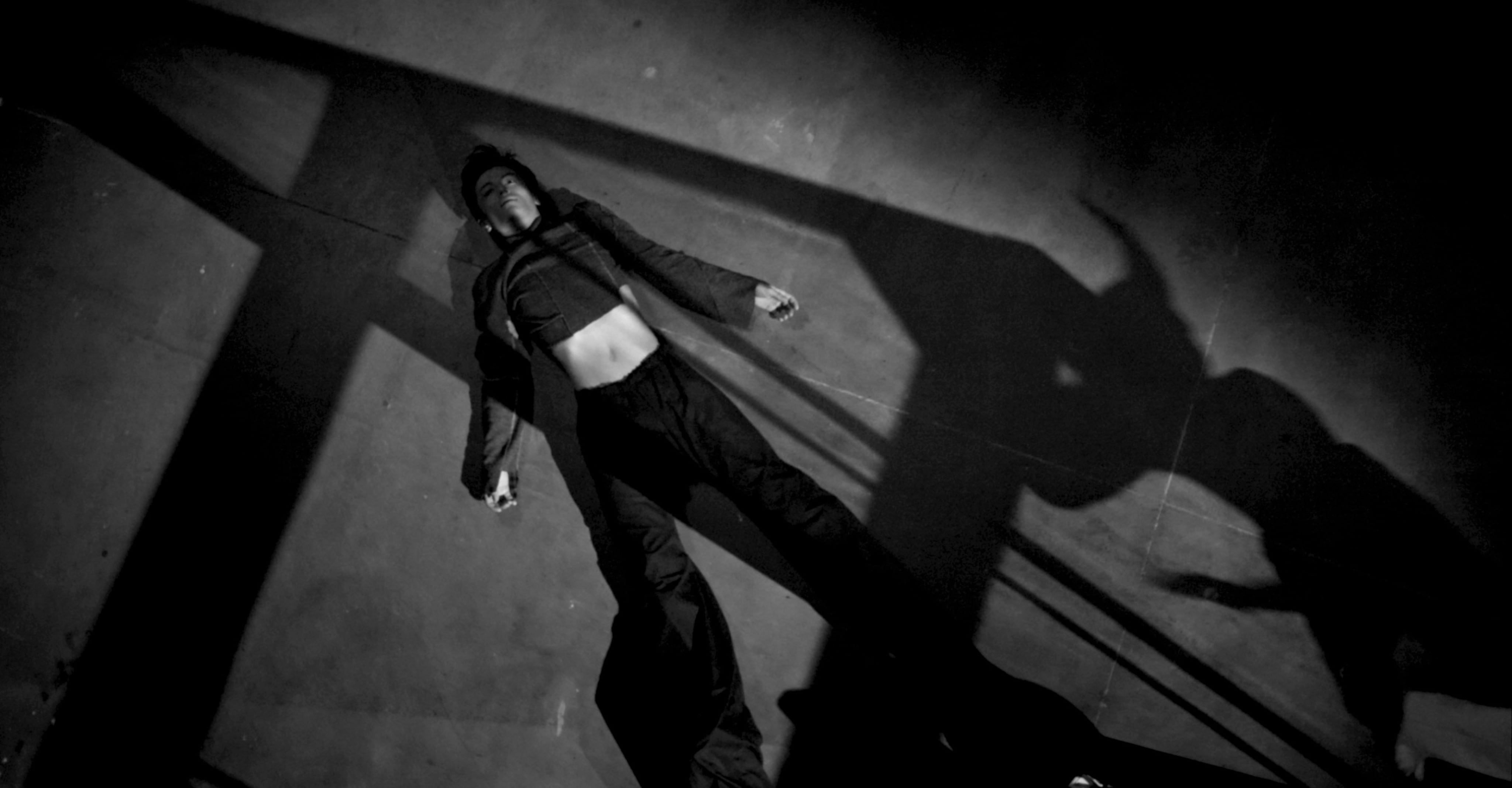
Eva Kelley: Which aspects of the works of art you’re responding to were most inspiring to your choreography?
Emma Portner: I based all of the characters off of different works, for different reasons. I love Giacometti’s Femme Debout, because I got to reimagine what I think a “woman standing” could be, now. I relate to this sculpture specifically because I have strived to be her for years. Thin but standing. The dance world has progressed immensely, but still contains some unattainable realities and lurking memories of manipulation that were brought to the forefront of my brain after seeing this Giacometti sculpture. The Bull character was inspired by the last painting we believe Bacon ever did. A half-finished bull. So, I made a half-finished bull. Giacometti’s general theme for “slender tallness” inspired the use of stilts. The fact that both of their bodies of work lack ethnic diversity and general inclusion also encouraged me to revitalize them through breathing art.
I felt the film would be my last work when I made it – that fueled most of the desire to speak how I did. The sadness in Bacon and Giacometti’s work reached me and I wanted to reach back with a hand from a different walk of life. … I see a lot of people responding to a lot of things and think it’s about time. I’m grateful for all of the path-paving and narrative-shattering that’s happening right now.
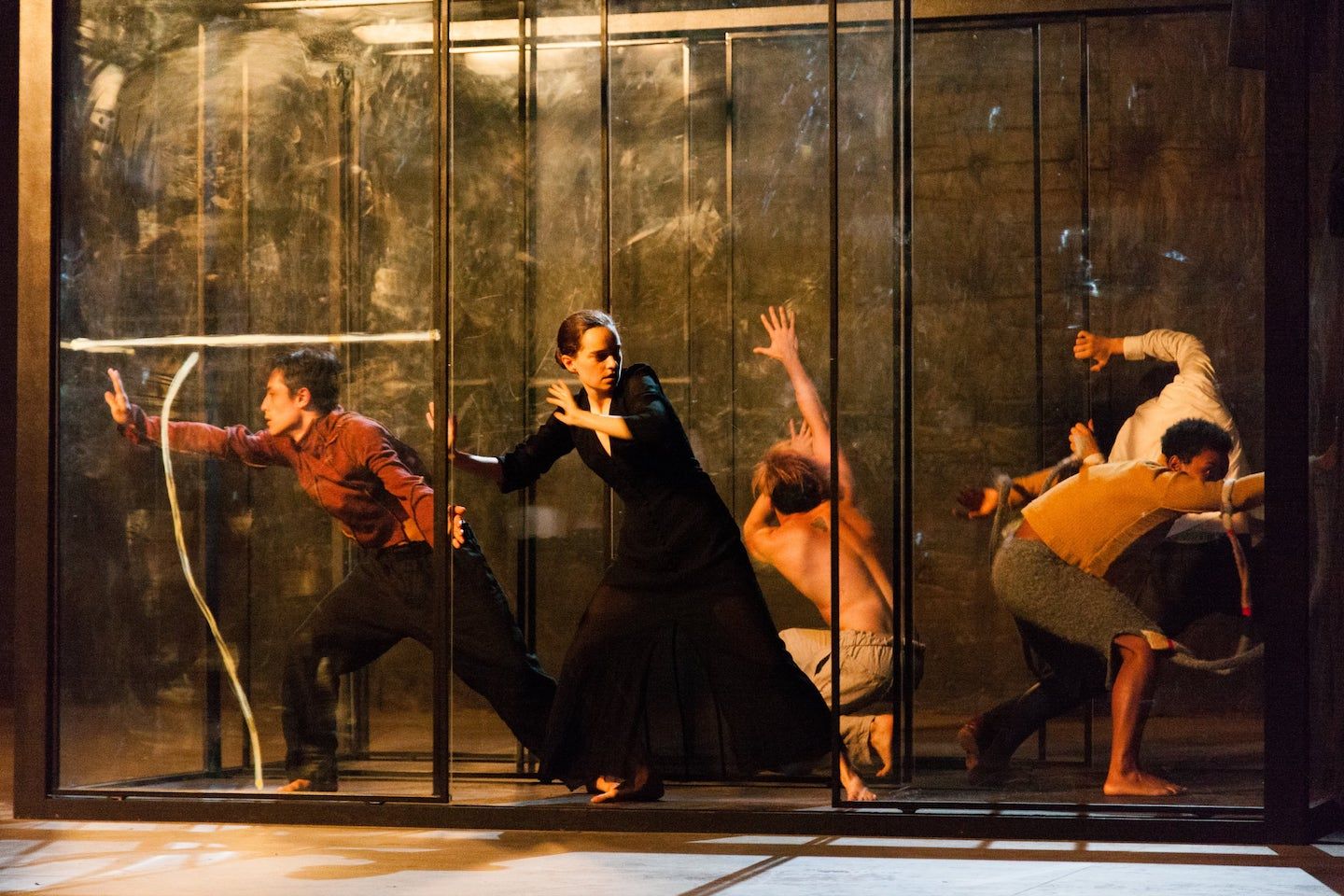
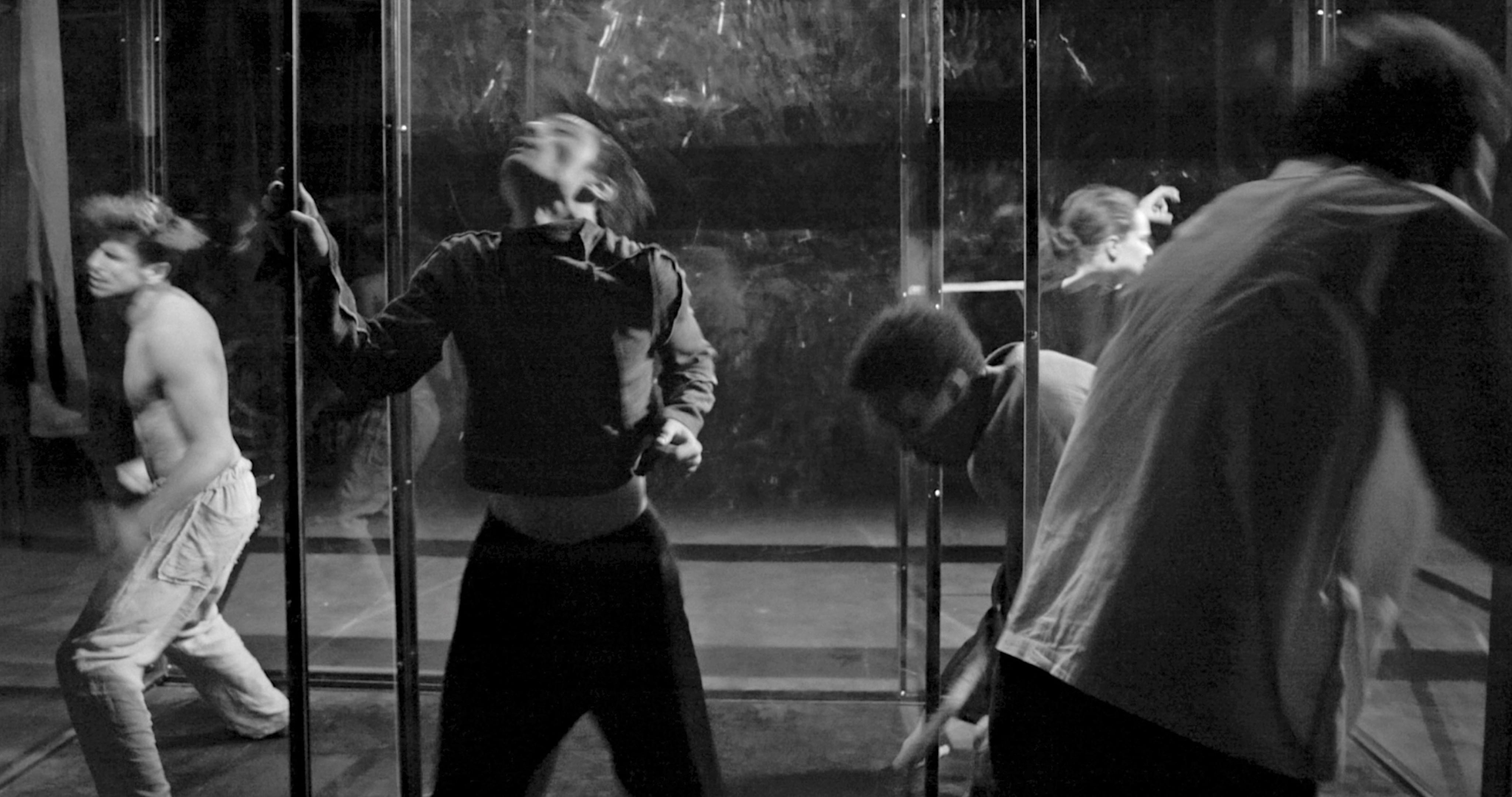
Do you think it would be productive to that cause to have more discourse between the art world and the dance world?
There could and should always be more discourse between everything, but I do believe that the dance and art worlds are not entirely separate. Marcel Dzama is a good example of this, because his artwork is literally choreography on paper. Pina Bausch is also a good example, because her dance pieces are, in my opinion, the release of dance and motion within otherwise stagnant people and objects, among many things. Pina is one of my biggest inspirations.
How do you feel about collaborative work?
I am an obsessive collaboration advocate. I spent the last year of my life dedicating myself to collaboration. I can tell you that I only grew from that year. It is all one thing – we are everything and nothing and both are connected where one ends, and the other begins.
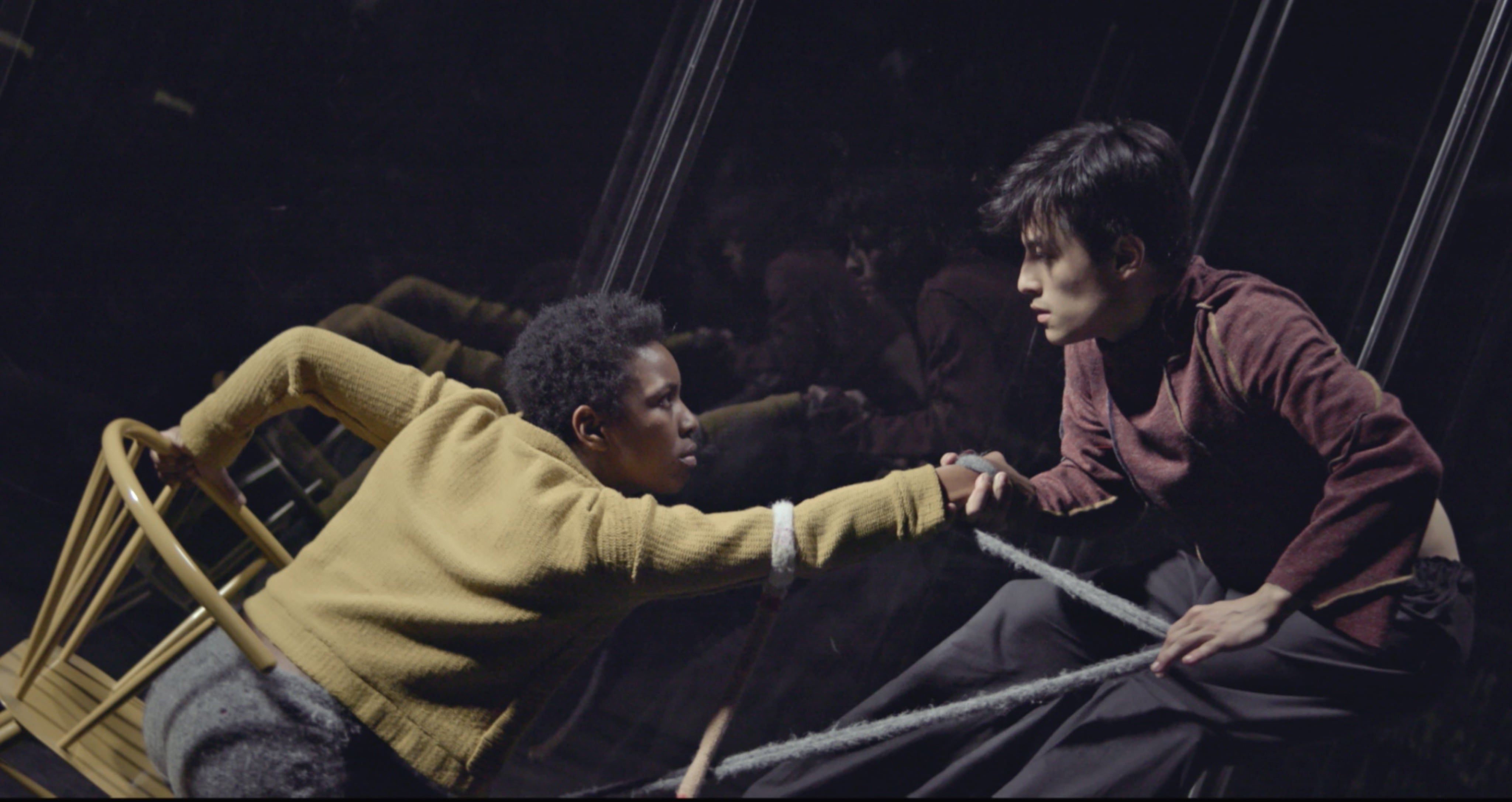
Do you think the physicality and intuitive aspects of dance make it harder to put into words of theory or criticism – harder to grasp intellectually – than other creative disciplines? Our experience is so often divorced from our bodies – do you have to be trained in dance to “get it”?
Actively training is respectful to the form and to the dance community as a whole. Training keeps the “business” of dance alive and it also brings a deep, deep awareness and exclusive access to certain sensations that most people will never get to feel. Training keeps you especially abled. That being said, I also believe in dance as a form of release. As a tool for relation and something to which “access” can never be denied. Dance welcomes you, and for that, you should welcome it too. The human body is undeniable. Despite my best efforts, I don’t understand people who don’t understand dance. It is a vessel, a channel, a feeling, a state, a transition, a teleportation, a statement. Therefore, I feel if you can understand that we all function and communicate out of a body, and if you can understand that you have one, you can understand dance. Your body is probably dancing right now. On a cellular level, it is dancing right now. The important thing to note here is the difference between the business and the feeling of dance. I’m too good at separating the two because I was thrown into the “business” while I was just “feeling.” The business causes me great anxiety now and I find myself striving to undo the unique discipline that I’ve been through, in order to access more. It’s a bit of a trick question. I believe in discipline through training, but I do not believe in closed-mindedness. Closed-mindedness is society’s unique discipline and participation, and in most cases, it is a choice. It is a human right to choose and that is why the idea of any type of confinement is so saddening to me. It strips you of choice, which strips you of a life – which strips you of ever wanting to get up and dance.
Do you have particular dreams for the future when it comes to your work?
I would like to feel true happiness through something other than dance. Today, that is all I want.
The film Femme Debout by Emma Portner was commissioned by Fondation Beyeler on the occasion of the exhibition “Bacon-Giacometti” and is a physical response to the works of the two visual artists: Francis Bacon and Alberto Giacometti. The film is presented by The Creator Class, a global creative community for the new cultural economy. The exhibition “Bacon-Giacometti” is on view at the Fondation Beyeler until September 2, 2018.
Credits
- Interview: Eva Kelley
- Director: Emma Portner
- Director of Photography: Elliott Sellers
- Executive Producers: Evan Dell'Aquila, Barbara Frum, and Emma Portner
- Producer: Judy Craig
- Choreographer: Emma Portner
- Dancers/Collaborators: Keanu Uchida, Shelby Davis, Jordan Johnson, Martijn Sedgfield, and Emma Portner
- Co-Commissioned by: Fondation Beyeler
- Presented by: The Creator Class
- Masks: Beatrice Brown
- Coloring: Bossi Baker
- Scoring: Zane Bares
- Sound Design: Travis Lake and Emma Portner
- Hair and Make-Up: Alexa French
- Costumes: Eckhaus Latta and Dashiel Brahmann
- Stage and Build: True Vision Entertainment
